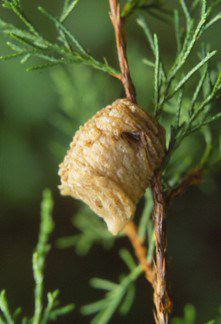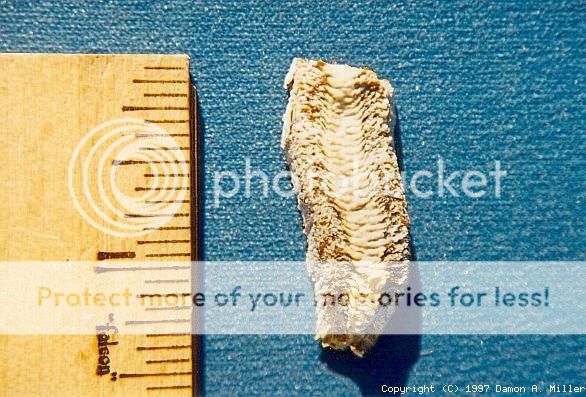It looks like an egg casing -- approx. 3" long from top to bottom. Hopefully someone can help me ID before it's too late.







applestar wrote:I was reaching to harvest this cucumber from a vine that climbed up the elderberry when I realized it was occupied

...I loved seeing that she is clutching a snack -- I vaguely recall that males bring a gift when courting a female (mostly to keep her busy busy while he approaches her, I believe)
@Gary350 — I realized after a 2nd look that you are holding this clear winged insect on your fingertip. I think what you have there is a MANTISFLY — tiny but still a good Garden Patrol and adults will handle the tiny pests although they do parasitize spiders to rear young — but the spiders need some checks-and-balances, too.Gary350 wrote:I have seen those eggs on in my garden but never knew what type bug they are. I have always picked them off the plants but now that I know it is praying mantis eggs I will level them there. Wikipedia says, that egg cluster will become several praying mantis they eats other bugs. August when I had an aphid problem on tomato plant leaves I was thinking, I wish I had some praying mantis. Wikepedia says, there are 2200 varieties of praying mantis. An army of these little guys would be good for mites and aphids. Until now I always though there was 1 type praying mantis only 1s I have ever seen are Green about 2" to 4" long. Praying mantis could be much better than my 14 bird houses I don't think birds spend much time eating micro small bugs.
applestar wrote:Sooo excited— I came across a new to me insect!
- Found in the Winter Indoor Garden.
- tiny — only about 1/2 inch long
- gorgeous light green with lacewing like wings
- looks like a tiny baby praying mantis? ...with wings????
~~~ of course I had to look it up. Almost immediately found a reference in list of NJ insects... which led me to this BugGuide listing
Zeugomantispa minuta - Green Mantisfly - BugGuide.Net
https://bugguide.net/node/view/40288Range
e. US: NJ-WI south to FL-TX (rare in northern part of range); Central America to Venezuela(2)(3)(4)
Food
Predatory: larvae feed on spider eggs; adult small insects.
Life Cycle
Larvae penetrate spider egg sacks and develop as parasitoid
...and this...
Real Monstrosities: Mantisfly
https://www.realmonstrosities.com/2014/09/mantisfly.html